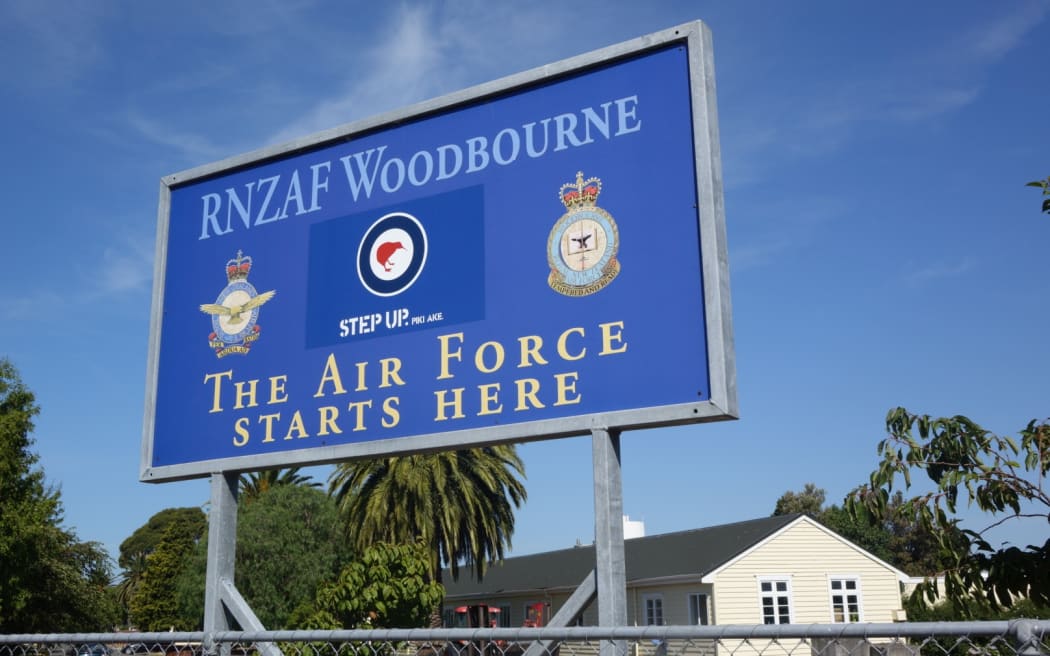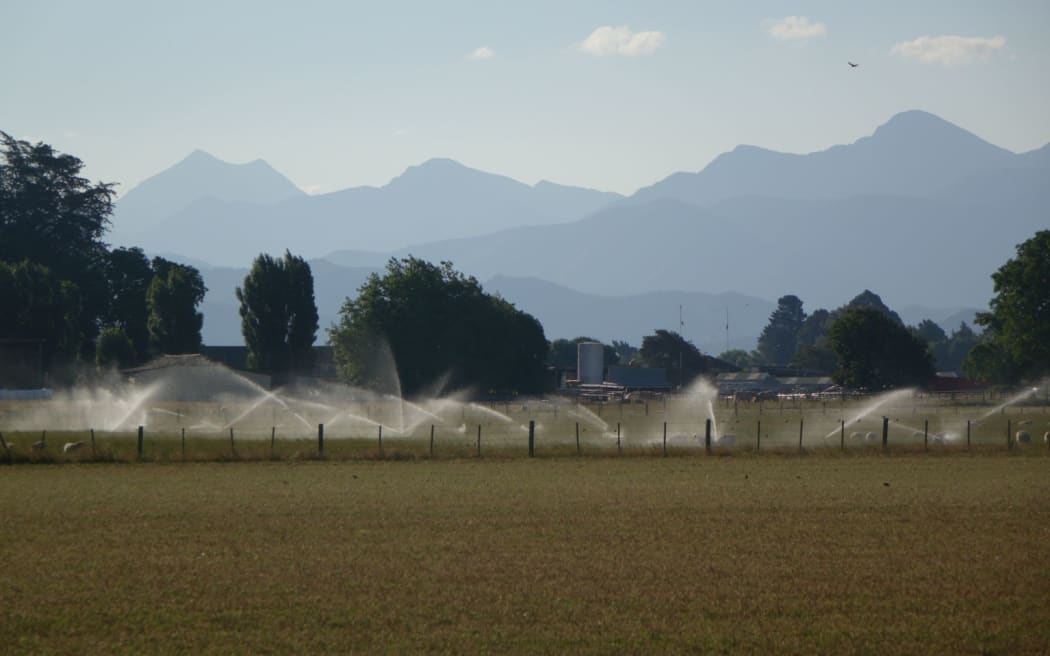The Defence Force has known for months that toxic chemicals could have contaminated local water supplies near two of its air bases.

RNZAF Woodbourne Airbase outside Blenheim. Photo: RNZ / Tracy Neal
But people living near Ohakea and Woodbourne are only now being told.
Residents who get their water from underground are being told not to drink it for at least a month while tests are carried out to make sure it's safe.
The possible contamination is from two compounds, PFOS and PFOA, used in a foam used for fire-fighting training.
The American Agency for Toxic Substances said the effect of the chemicals was not certain but it might increase the risk of cancer, decrease fertility and cause problems with fetus development.
The New Zealand government said there was no acute health risk.
The Defence Force stopped using the foam in 2002. In June the Defence Force was told that the levels of chemicals present at Ohakea airbase in the Manawatu exceeded acceptable levels.
By September, it knew it was possible the chemicals had contaminated ground water used by neighbours. But it wasn't until yesterday that the public was told and many people still weren't aware last night.
The Environment Ministry said officials would visit 150 buildings, 60 near Ohakea and 90 near Woodburne, to take water samples for testing.
Its deputy secretary Vicki Connor said the results would be available in mid-January.
Until then, residents were being told to drink bottled water.
"The potential risk comes from ingesting this compound and a lot of it over time. So what we're saying to people is for things like showering, or doing the laundry, that's all fine but for things like cooking, or drinking, or brushing your teeth... until we've tested the water, until we're sure, it makes sense to limit your exposure."
Ms Connor said officials were also looking at other sites where the foam was used, including airports and oil refineries.
Fire and Emergency were looking into their historic use of the foam, she said.
The historic use of the foam has also caused problems in Queensland and the Northern Territory.
But Ms Connor said the amounts used here were much lower than in Australia.

Few people in Marlborough have been told bore water might be potentially contaminated. Photo: RNZ / Tracy Neal
Marlborough District Council operations and maintenance engineer Stephen Rooney said the council was told of the issue earlier this week.
"I would have like to see the communication come out a little bit earlier but they're chosen to undertake that once they have a better understanding of what they're dealing with."
Blenheim's town supply comes from an aquifer which travelled under the Woodbourne base and samples had been taken to make sure it was safe, Mr Rooney said. He said the risk was "extremely low".
Manawatu District Council said it did not believe there was a risk to the town supply in Sanson or Bulls, the nearest towns to Ohakea.
Timeline
2002 NZDF stops using the fire fighting foam.
April 2015 NZDF received the first results of its investigation into the fire training area at Ohakea
April 2017 The Australian Department of Health releases drinking guidance levels (which are eventually accepted by the Ministry of Health)
June 2017 NZDF received technical advice that PFAS and PFOA were present at Ohakea above acceptable guidelines and that wider tests should be undertaken.
July 2017 NZDF commissioned groundwater modelling to assess the potential for offsite migration of PFAS in groundwater at Ohakea.
August 2017 A briefing note was sent to the then Defence Minister
September 2017 Modelling of groundwater flows indicated the potential for PFOS and PFOA concentrations in groundwater in an area beyond the Ohakea base boundary
November 2017 The Minister for the Environment was advised
December 2017 Potentially affected people and local councils informed
.

